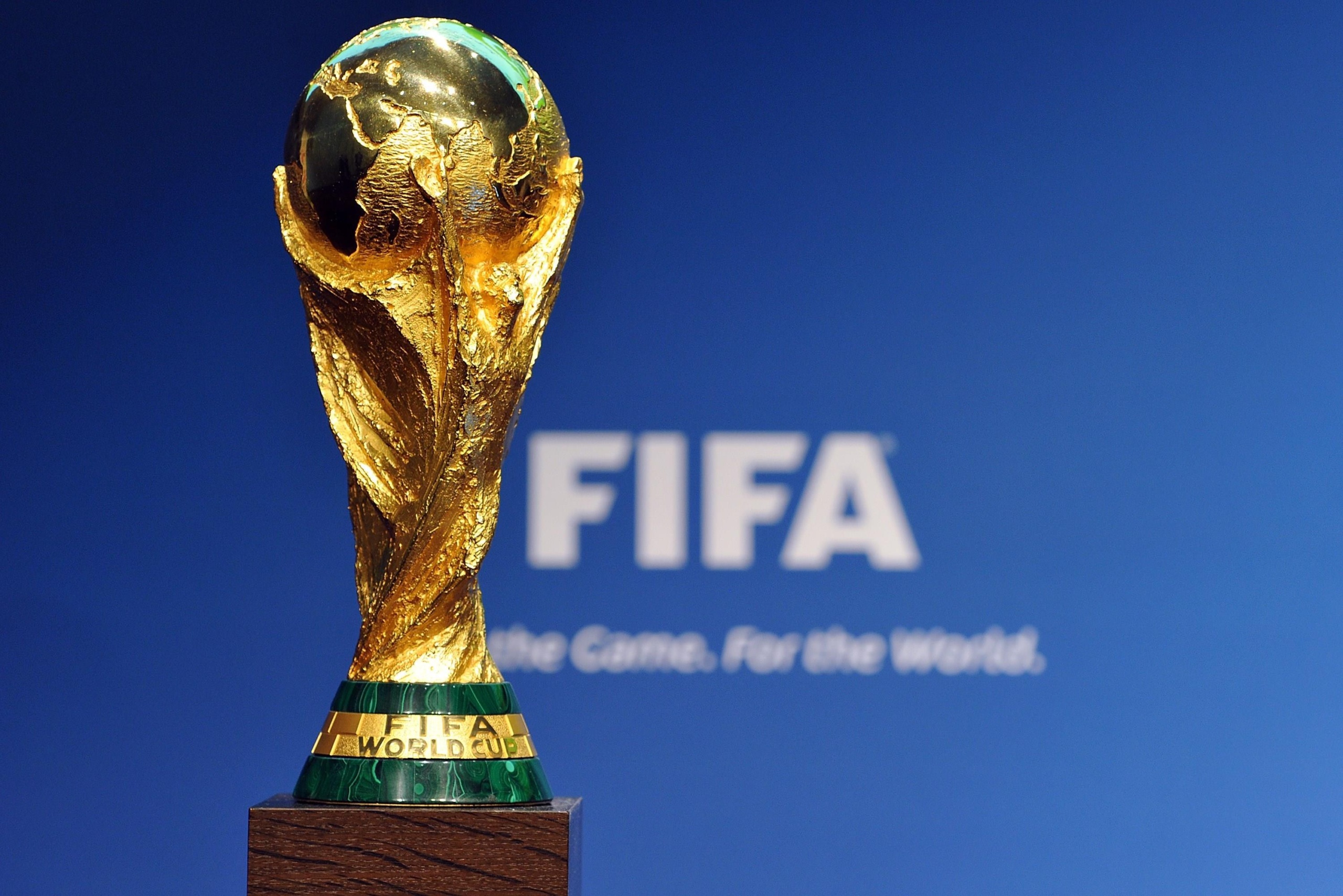
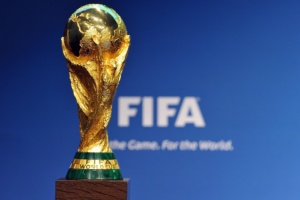
When the inaugural World Cup was played in 1930, only a handful of countries played in it, even though football had already suscitated millions. Travelling all the way to Uruguay was time-consuming for most European countries. There were of course, other reasons, and they were not only just financial but also political. Over time, the World Cup began to host more countries; from 1930 to 2022, almost every country on the planet was given a chance to participate via qualification or by hosting the event. But in the end, and given how prosperous the sport had become, FIFA had no choice but to expand in its format.
In 1934, Italy hosted the second edition, meaning it was much easier of access for the majority of the countries participating. FIFA wanted the second World Cup to be as symbolic as the first, so it became more competitive, and the structure made more sense at the time, given the circumstances. Amidst fascism propaganda in Italy, it was easier for Benito Mussolini to host a larger and more ‘prestigious’ event, where teams would play straight into a knockout tournament, without the need to qualify via group stages.
The 1938 World Cup was following the same course, but due to ongoing political tensions, Austria had to withdraw due to the Anschluss. By default, Sweden progressed to the second round, where they would crush Cuba 8-0 before eventually losing 5-0 to Hungary in the semi-finals.
However, unlike the sport that we know today, things were still evolving in the 1930s. If a game was tied after the additional 30 minutes played at the end of the 90, then the game would be replayed all together. The 1938 World Cup saw the straight knockout format being its last, with the following tournaments all adhering to group stages matches.
After the first World War had begun in 1939, there was no tournament happening for 12 years, the world was at war for six years, and there was no possible way that the 1946 edition would be played, after the repercussions of the war.
The third World Cup was played in 1950, in Brazil. This World Cup was remembered for being the driving factor for football renaissance; however, upon organizing the event, many countries were devastated from the war, with economies being in ruin, and a lot of countries not even having any facilities to play the sport full-time. Despite qualifying, many withdrew or declined to play. Both Germany and Japan were banned, India saw themselves qualify but had to withdraw for financial reasons.
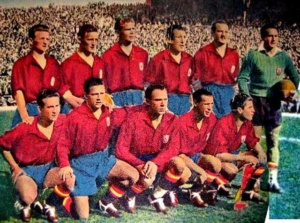
In 1954, Switzerland hosted the World Cup, and with it came along the weirdest format that FIFA automatically gave up on afterwards. There were 16 teams (back to normal), 4 teams per group, but each country only played 2 matches- all groups had two seeded teams, and two unseeded teams, seeded teams only played unseeded teams and not each other. Ties for qualification spots were determined by a play-off match and not by goal difference. The knockout stages began in the quarter finals before the semi-finals and the final. FIFA quickly abandoned this idea and went back to a more traditional format instead.
Between 1958 and 1970, the format kept its fundamentals: 16 countries, 4 groups of 4, with the first 2 qualifying. Extra time was introduced. In 1958 and 1962, ties could end up in a play-off match being played, whilst in 1970, it was the goal difference.
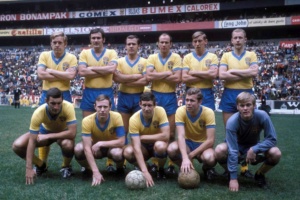
The 1974 and 1978 editions were also particularly unique, after the initial group stages matches were played, another round of group stages matches were played, with 2 new groups of 4, with the winner going straight into the final. The runners-up played for 3rd place.
FIFA experimented with the format slightly for broadcasting reasons; the football governing body was looking to see whether live audiences would react positively to the changes. In the end, people felt like there was not enough drama, and teams knew that they could calculate how many goals they needed to score in order to qualify – raising questions about fairness and possible manipulation.
In 1982, football had become a global sensation, countries from across the globe wanted a chance to play amongst the best, the African, Asian and Americans confederations demanded more representation and a chance to perform on a global stage, so the format was expanded to 24 teams. This meant more TV revenues throughout all continents, and more publicity. Football truly became a way of uniting people together, after everything that had happened in the 20th century.
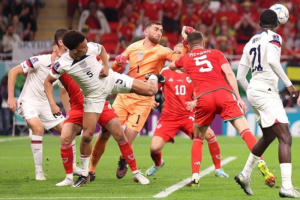
In 1998, perhaps in its most well-known format today (before the 2026 World Cup takes place), 32 countries were battling it out. France hosted the 1998 edition and saw a balanced and clean format that worked well amongst the masses. 8 groups of 4, with the top 2 teams qualifying, meaning the knockout stages would begin in the last 16 – with effectively twice as many countries all potentially dreaming of reaching a World Cup final there on. The fall of the Soviet Union and Yugoslavia meant that more countries were formed, allowing for more countries in the European confederation to participate. At this point, football has truly become a global commercial force. More money, more exposure, a broader audience, and more countries allowed to play. A win for everyone.
For 28 years, this format ruled the world that we know. For 28 years, this format had done no wrong, but because football is the most popular sport on the planet, FIFA knew that eventually, the biggest countries in the world wanted a piece of the action. The United States of America previously hosted the 1994 World Cup, but it wasn’t the phenomenon that it is today. In 2025, despite basketball, American football and baseball remaining the most popular sports in North America, football eventually had to catch on. Lionel Messi, arguably the greatest football of all time, joined Inter Miami, generating more interest from millions of Americans. The MLS keeps on growing every year, and we also find that a lot of footballing stars like to end their career in the USA. This new 48-countries format will be fascinating, people will get to see matches they had never seen before, and more football can only be a win for millions watching and attending.